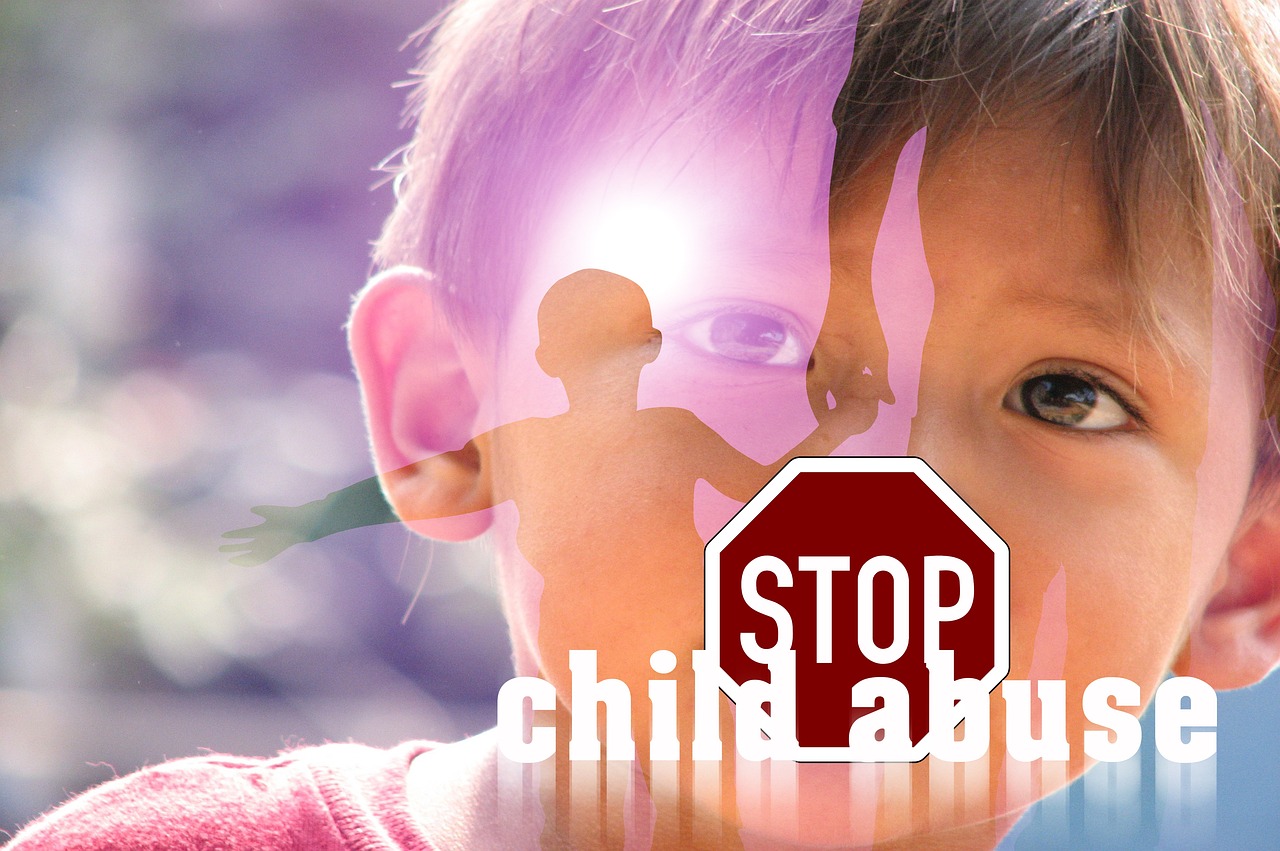Promoting Media Literacy Skills in the Classroom
Media literacy skills are essential in today’s digital age where information is constantly bombarding us from various sources. By honing these skills, individuals are empowered to critically evaluate the authenticity and credibility of the media content they encounter. This ability helps them distinguish between accurate information and misleading or biased content, enabling them to make informed decisions and form well-rounded perspectives.
Furthermore, possessing strong media literacy skills equips individuals with the tools necessary to navigate the complex landscape of media messages. As they engage with different forms of media, such as news articles, social media posts, and advertisements, they are better prepared to analyze the underlying messages and motives behind the content. This critical thinking skill promotes a deeper understanding of how media influences society and empowers individuals to consume media content responsibly.
Understanding Different Types of Media
In today’s world, media takes various forms and plays a crucial role in shaping our perceptions and beliefs. From traditional forms like newspapers, radio, and television to modern digital platforms such as social media, websites, and streaming services, the reach and impact of media are vast. Understanding the different types of media is essential in navigating the vast amount of information that bombards us daily.
Each type of media has its own characteristics and influences the way information is presented and perceived. Print media, for example, provides in-depth analysis and editorial content, while radio and television offer immediate news updates and visual storytelling. On the other hand, digital media allows for interactive engagement and personalized content consumption. Being aware of these distinctions can help us become more discerning consumers of media and better equipped to critically evaluate the information we encounter.
Analyzing Media Messages
When consuming media, it is crucial to approach messages with a critical eye. One must understand that media messages are carefully crafted to convey specific viewpoints or agendas. By being aware of the potential biases and intentions behind media content, individuals can better navigate the vast array of information presented to them.
Moreover, analyzing media messages involves examining not only the content itself but also the context in which it is presented. Paying attention to factors such as the source of the information, the tone of the message, and the potential impact on the audience can provide valuable insights into the underlying motives of the creators. By applying these analytical skills, individuals can develop a more discerning perspective on the media they encounter.
• It is important to consider the source of the information when analyzing media messages.
• Understanding the potential biases or agendas of the creators can help in interpreting the message accurately.
• Examining the tone of a media message can reveal underlying emotions or intentions behind it.
• Considering how a message may impact its audience is essential in understanding its purpose and effects.
Why are media literacy skills important?
Media literacy skills are important because they help individuals critically analyze and understand the messages being conveyed through different types of media. This allows individuals to make informed decisions and avoid being influenced by misleading or biased information.
What are some examples of different types of media?
Different types of media include television, radio, newspapers, magazines, websites, social media platforms, and advertisements. Each type of media has its own unique characteristics and methods of delivering messages to the audience.
How can I effectively analyze media messages?
To effectively analyze media messages, you can start by questioning the source of the information, identifying the message being conveyed, considering the possible intentions behind the message, and evaluating the credibility of the information presented. It’s also important to be aware of any biases or stereotypes that may be present in the media content.







